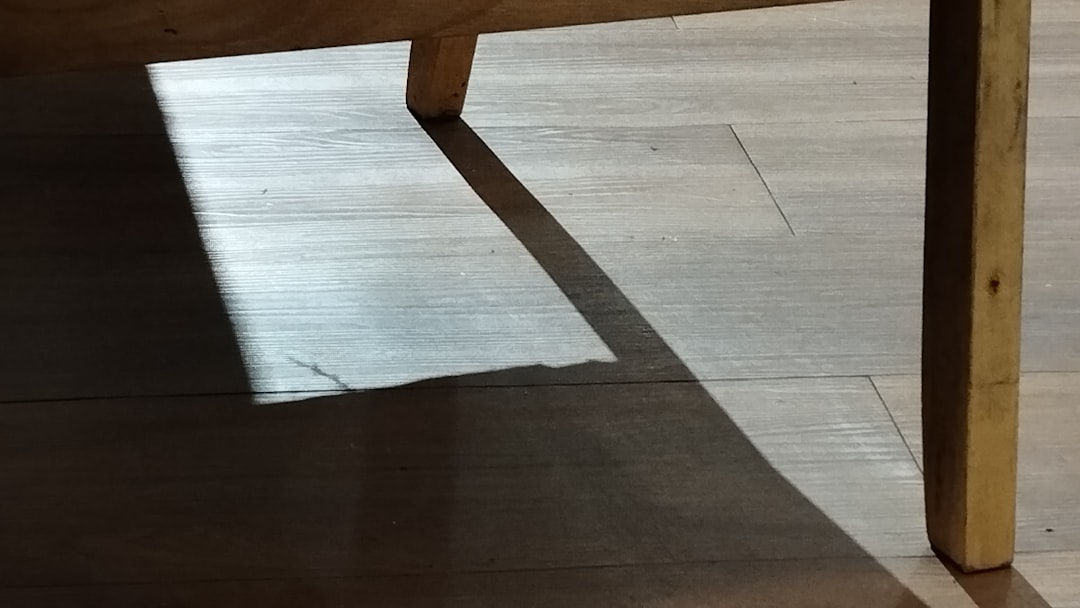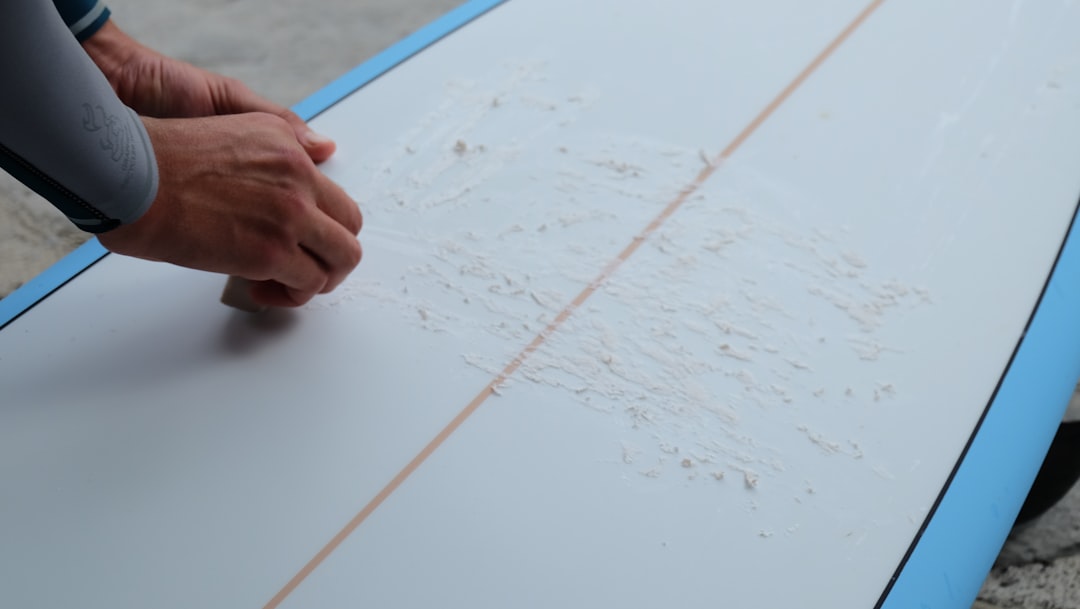The Ultimate Guide to Choosing the Best Plastic Cutting Boards: Hygiene, Durability, and Knife-Friendliness Unpacked
- Share
- Issue Time
- Sep 7,2025
Summary
Discover why plastic cutting boards remain a kitchen essential, balancing hygiene and practicality.

The Unsung Hero of the Kitchen: Why Plastic Cutting Boards Still Reign
In the diverse world of kitchen tools, the cutting board often plays an understated yet critical role. While materials like wood and bamboo have their devotees, plastic cutting boards continue to be a staple for many home cooks and professional chefs alike. Their reputation for hygiene, affordability, and ease of maintenance makes them a formidable contender in any kitchen.
Choosing the right cutting board isn’t just about aesthetics; it’s about food safety, knife care, and overall kitchen efficiency. This guide will help you navigate the features and benefits of plastic cutting boards, ensuring you make an informed decision that elevates your culinary experience.

Beyond the Basics: Essential Features to Look For
When sifting through the myriad of options, certain features distinguish a good plastic cutting board from a great one. Prioritizing these aspects can significantly impact your prepping comfort and the board's longevity.
1. Non-Slip Stability
A wobbly cutting board is a safety hazard. Look for boards with rubberized feet or non-slip edges that grip your countertop. This prevents the board from sliding, reducing the risk of accidental cuts and providing a stable platform for precise chopping.
2. Juice Grooves and Channels
Especially vital for cutting juicy fruits, vegetables, or raw meats, integrated juice grooves (or moats) around the edges of the board collect liquids, preventing them from spilling onto your counter. This maintains cleanliness and reduces mess during food preparation.
3. Reversible Design
Many plastic cutting boards are designed to be reversible, essentially giving you two working surfaces. This is not just about extending the board's life; it's practical for preventing cross-contamination, allowing you to use one side for raw meat and the other for vegetables or cooked items.
4. Optimal Size and Thickness
The ideal size depends on your kitchen space and typical cooking tasks. Larger boards offer more prep area for bulk cooking, while smaller ones are perfect for quick tasks. Thickness contributes to durability and stability; thicker boards are less prone to warping and general wear and tear.
Decoding Plastic Board Materials: HDPE vs. PP
Not all plastics are created equal. The most common types used for cutting boards are High-Density Polyethylene (HDPE) and Polypropylene (PP), each offering distinct advantages.
- HDPE (High-Density Polyethylene): Renowned for its durability and resistance to chemicals, HDPE is often found in commercial kitchens due to its robust nature. It's a non-porous material, making it highly sanitary and resistant to absorbing odors and stains.
- PP (Polypropylene): Lighter and typically more flexible than HDPE, polypropylene boards are easy to handle and store. They are also non-porous and can come in various colors, often used in color-coded systems to prevent cross-contamination.
Both materials are generally safe for food contact and can withstand the rigors of frequent use and cleaning.
The Science of Cleanliness: Why Plastic Excels in Hygiene
One of the most compelling arguments for plastic cutting boards is their superior hygienic properties. Unlike porous materials, plastic does not readily absorb moisture, food particles, or bacteria, especially when new.
- Non-Porous Surface: The dense, non-porous nature of HDPE and PP means bacteria have fewer places to hide and multiply compared to deeply grooved or less dense materials.
- Dishwasher Safe: The ability to withstand high temperatures in a dishwasher allows for thorough sanitization, killing bacteria and ensuring a truly clean surface for your next meal prep. This is a significant advantage over many wooden boards which are not dishwasher safe.
| Feature | Plastic (HDPE/PP) | Wood (Maple/Bamboo) |
|---|---|---|
| Hygiene | Non-porous, dishwasher safe | Porous, requires hand-wash |
| Knife Dulling | Low to Moderate | Very Low |
| Durability | Good, but prone to scratches | Excellent, self-healing |
| Maintenance | Easy, dishwasher safe | Oiling required |
| Cost | Typically Affordable | Generally Higher |
| Microplastics | Potential concern (heavy use) | No |
Keeping Your Edges Sharp: Plastic and Knife Friendliness
A good cutting board should protect your knives as much as your countertop. Plastic boards generally strike a good balance in this regard:
- Softer than Knife Steel: Compared to harder surfaces like glass or ceramic, plastic is softer, which means it's less likely to dull your knife's edge quickly. This helps maintain the sharpness of your blades over time.
- Impact on Blade: While plastic is kinder to knives than harder materials, some highly rigid plastic boards can still contribute to knife dulling. Opt for boards that feel slightly yielding to the touch, suggesting a material that will cushion your blade.
The Longevity Factor: When to Replace Your Plastic Cutting Board
Despite their durability, plastic cutting boards do not last forever. Over time, knife blades will inevitably create grooves and cuts on the surface. While initial scratches are minor, deeper cuts can become problematic.
- Bacterial Harboring: These deep knife marks create crevices where food particles and bacteria can accumulate, becoming difficult to clean and potentially compromising hygiene.
- Visual Cues: Inspect your board regularly. If you notice extensive scarring, deep grooves, or discoloration that doesn't wash off, it's a clear sign that it's time for a replacement. This ensures you maintain the highest level of food safety in your kitchen.
Cleaning and Sanitizing: Best Practices for Plastic Boards
The ease of cleaning is a major advantage of plastic cutting boards. Following proper cleaning protocols is crucial for extending their life and ensuring optimal hygiene.
- Dishwasher Cleaning: For most plastic boards, a run through the dishwasher on a hot cycle is the most effective way to sanitize them.
- Hand Washing: If your board is too large for the dishwasher or you prefer hand washing, use hot, soapy water and a stiff brush to thoroughly scrub the surface, paying extra attention to any knife marks. Follow with a rinse and air dry, or dry with a clean cloth.
- Deep Cleaning: For persistent odors or stains, a solution of bleach and water (1 teaspoon bleach per quart of water) or a paste of baking soda and water can be used. Allow it to sit for a few minutes before rinsing thoroughly.
Plastic vs. Wood: Making an Informed Choice
The debate between plastic and wood cutting boards is long-standing. While plastic offers excellent hygiene and affordability, recent discussions highlight the issue of microplastics released during chopping on plastic surfaces.
- Plastic Strengths: Dishwasher-safe, non-porous, good for raw meats and poultry, generally more affordable.
- Wood Strengths: Often seen as more aesthetically pleasing, inherently self-healing (scratches close up), very gentle on knives, and no microplastic concerns. However, wood requires more maintenance and cannot be machine washed.
Many experts recommend having both types: plastic for raw proteins that require thorough sanitization, and wood for produce, bread, and other items.

Environmental Considerations: Recycled Options and Responsible Disposal
As environmental awareness grows, so does the demand for sustainable kitchen products. Some manufacturers now offer plastic cutting boards made from recycled materials, providing a more eco-friendly choice. When your plastic cutting board finally reaches the end of its life, consider if it can be recycled in your local recycling program. Proper disposal helps mitigate environmental impact.
Final Slice: Choosing the Best Plastic Cutting Board for Your Needs
Selecting the best plastic cutting board comes down to understanding your priorities. If hygiene, ease of cleaning, and affordability are at the top of your list, a well-chosen plastic board is an excellent investment. Prioritize features like non-slip grips and juice grooves, opt for quality materials like HDPE or PP, and commit to regular cleaning and timely replacement. By doing so, your plastic cutting board will serve as a reliable, safe, and efficient workhorse in your kitchen for years to come.